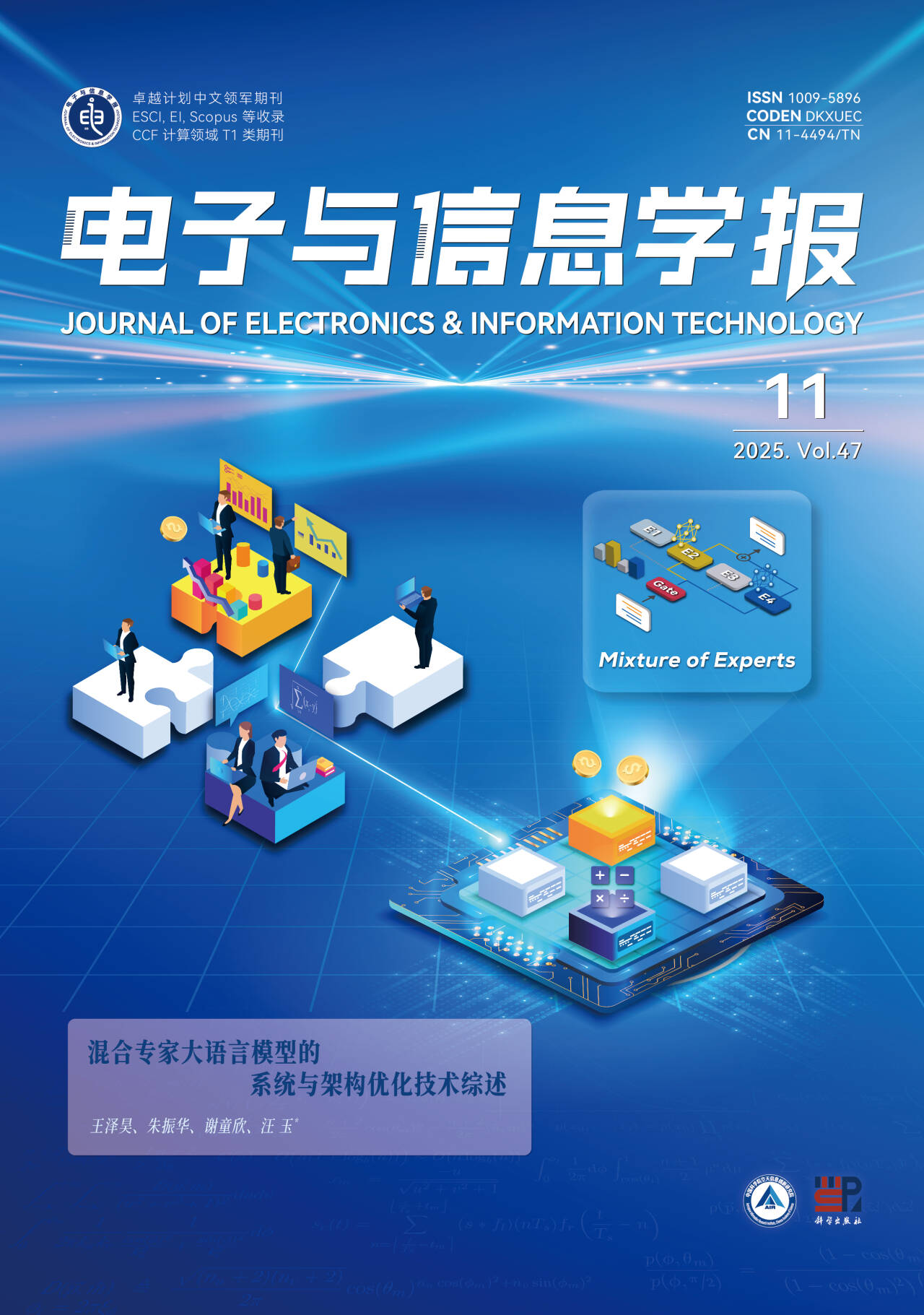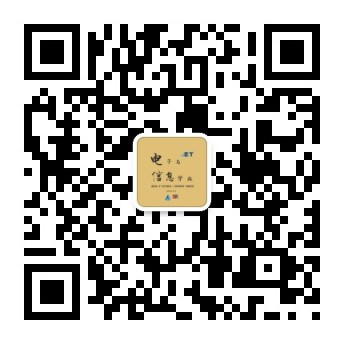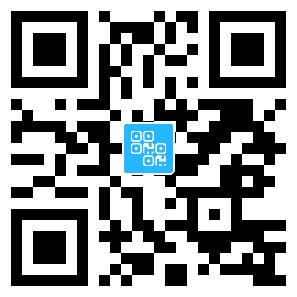Instruction for authors
Journal of Electronics & Information Technology(JEIT) is a monthly peer-reviewed academic journal supervised by the Chinese Academy of Sciences, and co-sponsored by the Institute of Electronics, Chinese Academy of Sciences. Its primary mission is to encourage communication of innovative research results of high quality in the fields of elctronics and information sciences and technology.The main reporting directions of JEIT include but not limited to the followings: radar technology, telecommunication technology, signal and information processing, positioning and navigation, electronic countermeasures, electromagnetic field theory and microwave technology, pattern recognition, computer network, and electronic information science related interdisciplinary. All papers should be intelligible for a broad scientific audience. Contributions are invited from researchers worldwide, in Chinese with English abstract or in English with Chinese abstract. Digital archiving of JEIT is in China Open Access Journals (COAJ) and Sciencepaper Online, etc..
Open Access Statement
Journal of Electronics & Information Technology(JEIT) is committed to real and immediate open access for academic work. All of our articles are free to access immediately from the date of publication. JEIT does not charge readers to download articles.
JEIT also operates under the Creative Commons Licence CC-BY-NC-ND. This allows for the reproduction of articles, free of charge, for non-commercial use only and with the appropriate citation information. All authors publishing with us accept these as the terms of publication. Please note that copyright of the content of all articles and reviews remains with the designated author of the article or review.
Creative Commons Licence
This work is licensed under a Creative Commons Attribution-NonCommercial-NoDerivs 4.0.
JEIT is abstracted and/or indexed in: EI Compendex, Scopus, Chinese Science Citation Database (CSCD), Chinese Journal Full-text Database (CJFD), Chinese Science and Technology Paper and Citation Database (CSTPCD), Chinese Digital Periodical Group, etc.
Papers published in JEIT include:
Review: summarize representative results and achievements in a particular topic or area, comment on the current research progress, and advise on the research directions, which should be based on or closely related to the author’s own research work.
Research Paper: report on important original results in all areas of information sciences.
Brief Report: present short reports in a timely manner of the latest important results.
How to submit
To submit a manuscript, please visit the website of JEIT at http://jeit.ie.ac.cn/CN/volumn/home.shtml, click the button “Author Center”, and use the Academic Journal Management System. For a new user, please register an “Author Account”, and then submit a manuscript following the guidance.
The detailed contact information of the first author and corresponding author is required (please promptly inform the editorial office of any change of contacting addresses). The authors may recommend 3–8 qualified reviewers and/or request the exclusion of specific reviewers. An informative cover letter is considered helpful for editors and reviewers to evaluate your paper. Duplicate submission is forbidden. In this case, we will inform the author’s institution and the relevant journals.
File format: single columned, A4 size, 10.5 pt, single spaced, word or pdf file, with figures and tables inserted in the text.
Reviewing policy
All submissions will be reviewed by referees selected by the scientific editor. The decision of acceptance or rejection of a manuscript is made by the editorial board based on the referees’ reports. The entire review process may take 60 to 90 days, and the editorial office will inform the author of the decision as soon as the process is completed. If the editorial board fails to make a decision within 90 days, it is up to the authors to decide whether they would withdraw their paper and submit it elsewhere. The editorial office will stop the review process as long as the withdraw notification is received.
Authorship
Authorship should be limited to those who have contributed substantially to the work, and every author has responsibility for the data and argument mentioned in the paper. The corresponding author must have obtained permission from all authors for the submission of each version of the paper and for any change in authorship.
Copyright
JEIT is under CC BY-NC-ND license and allows author(s) to hold the copyright.
After acceptance
For the paper with a great breakthrough result, quick publication will be arranged. After typesetting, page proof is usually sent electronically as email attachments to the corresponding author. The proof plus any minor corrections must be returned to the managing editor within 36 hours. Failure to do this will result in delays in publication. Corrections can be noticed in different ways: 1) highlight the corrections and send us the print proof pages; 2) fax us the corrections; 3) highlight the corrections and send us the corrected page proof as email attachment.
After publication
Two sample copies per paper will be presented to the corresponding author. If offprints and more sample copies are required, please contact the managing editor and pay the extra fee. The full text opens freely to the readers at http://jeit.ie.ac.cn/CN/volumn/home.shtml.
Charges
JEIT has no article submission charge. The article processing charge is 300RMB(¥300) per page for the author(s).
Contact
Editorial Office of Journal of Electronics & Information Technology
Institute of Electronics, Chinese Academy of Sciences
No. 19, Fourth Ring Road West, Haidian District
Beijing 100190, China
Tel: +86-10-58887066
Fax: +86-10-58887539
Email: jeit@mail.ie.ac.cn
Manuscript format
Contributions are required of a concise, focused account of the findings and reliable essential data. They should be well organized and written clearly and simply, avoiding exhaustive tables and figures. Authors are advised to use internationally agreed nomenclature, express all measurements in SI units, and quote all the relevant references. Title: Titles must be limited to no more than 20 words, and should be concise, indexable, and informative for a broad scientific audience. Authors should avoid using colons, questions, nonstandard abbreviations, etc., in titles.
Author(s): Authorship should be limited to those who have contributed substantially to the work. The order of the authors listed should be agreed by all the coauthors, and every author should have the responsibility for the published content. Family names are written in upper case. The email address of the corresponding author is required.
Author affiliation: The affiliation should be the institution where the work was done. Complete addresses are required with post codes.
Abstract: An abstract is a summary of the content of the manuscript. It should briefly describe the research purpose, method, result, and conclusion. The extremely professional terms, special signals, figures, tables, chemical structural formula, and equations should be avoided here, and citation of references is not allowed.
Keywords: A list of three to eight keywords should follow the abstract. The chosen keywords are required to reflect the theme of a manuscript.
Financial support: Financial support appears on the bottom of the title page, with grant number(s) following. The full title of each fund is required. For example: National Natural Science Foundation of China (Grant Nos. xxxxxxx, xxxxxxx, xxxxxxx); National High-Tech Research & Development Program of China (863) (Grant No. xxxxxxx); National Basic Research Program of China (973) (Grant No. xxxxxxx).
Text: A paper should begin with a brief introduction of the significance of the author’s research. Nomenclature, signal, and abbreviation should be defined at their initial appearance. All the figures and tables should be numbered in numerical order and cited in the text.
Introduction: Being the most important part of an article, the introduction introduces the relevant research background and the progress in 2 or 3 years, with references cited in numerical order, then presents the problem to be solved in this article, and finally briefly describes the method adopted in this work. Before the end, the aim of the research should be mentioned. Subtitle is forbidden in this part, and introduction of the article structure is considered unnecessary.
Materials and method: This part introduces the materials, method and experimental procedure of the author’s work, so as to allow others to repeat the work published based on this clear description.
Discussion and conclusions: Conclusions should be derived from the observation and experimental results, and comparison with other relevant results is considered helpful to further proving the results. Repeated data should be avoided, and conclusions and suggestions are required to be clearly expressed. New hypotheses and recommendations may be proposed when warranted.
Figures and tables: Figures and tables should be numerically numbered, inserted in the text, and cited in order within the text. The figures should have resolution not lower than 600 dpi and clear lines of 5 px, with signals and letters in Times New Roman at 8 pt. A space should always be maintained between the variable and the unit. Equations: An equation is numerically numbered (Arabic numeral), and has the number put on its right side.
Acknowledgements: The author expresses his/her thanks to the people helping with this work, and acknowledges the valuable suggestions from the peer reviewers.
References: Reference citation is regarded as an important indicator of the paper quality. If the relevant references, especially the results published in 2 to 3 years are not cited in the paper, or most citations are from the author’s publications, the editor will consider this paper unattractive. References should be numerically numbered and cited in order within the text, with the numbers expressed in square brackets. The author should carefully check the author names, article title, journal title, year, volume, and issue number of references, and create the listing according to the format of JEIT.
Reference format
1. For an author’s name, full spelling of family name appears before abbreviation of given name, with a spacing in the middle. 2. If there are more than 3 authors, the first 3 names are followed by et al.
3. The article title should be identified by an initial capital letter with the remainder of the title in lower case.
4. For books and proceedings, the initial letter is capitalized for all the notional words and for function words with more than 4 letters. 5. Do not forget to list the editor names of the proceedings, the publisher, the publishing address, and the beginning and terminating pages. 6. Accepted but unpublished papers should be followed by “in press”.
JEIT is committed to real and immediate open access for academic work. All of our articles are free to access immediately from the date of publication. JEIT does not charge readers to download articles.
JEIT also operates under the Creative Commons Licence CC-BY-NC-ND. This allows for the reproduction of articles, free of charge, for non-commercial use only and with the appropriate citation information. All authors publishing with us accept these as the terms of publication. Please note that copyright of the content of all articles and reviews remains with the designated author of the article or review.
Creative Commons Licence
This work is licensed under a Creative Commons Attribution-NonCommercial-NoDerivs 4.0.












